

Nicknamed “The Last Frontier,” Alaska is a place to find expansive wilderness and endless adventure. The massive state is the largest state in the U.S. by far—Texas is the second largest and is less than half the size of Alaska. Home to the tallest mountain in North America—20,310-foot-tall Denali—Alaska also contains up to 100,000 glaciers, though no one knows the exact number and only around 600 are officially named. Alaska is also home to more than 130 volcanoes.
Videos by Outdoors
Not surprisingly, there is plenty of room to explore—as well as ample solitude, if that’s what you’re looking to find. The 2020 Census reports more than 733,000 people live in the state, which has a population density of 1.3 people per square mile. However, more than half of the state’s residents live in three main areas: Anchorage (which has a population of 287,000), the Fairbanks North Star Borough (with a population of 95,000), and the state’s capital, Juneau, with more than 31,000 residents. The state is home to more than 220 federally recognized tribes, with more than 180,000 tribal members.
People have lived in Alaska for more than 14,000 years, and it was a Russian possession for a time, before it was sold to the U.S. in 1867. The 1890s brought a gold rush, and Alaska became a U.S. territory in 1912, before becoming a state in 1959.
In addition to its vast areas of largely untouched land, Alaska is also home to abundant wildlife, including massive herds of caribou, bears (including grizzlies, coastal brown bears, black bears, and even polar bears), packs of wolves, wolverines, Dall sheep, moose, eagles, and countless other wildlife species.
The seasons are a sharp contrast, with summer’s midnight sun—which is especially pronounced in the northern reaches of the state—to the frigid cold of winter, which brings darkness and sometimes the dancing lights of the aurora. Since the state is so vast, the weather can vary considerably, with far milder conditions in areas like Juneau when compared with Arctic areas like Utqiagvik (formerly called Barrow).
Endless Outdoor Adventures
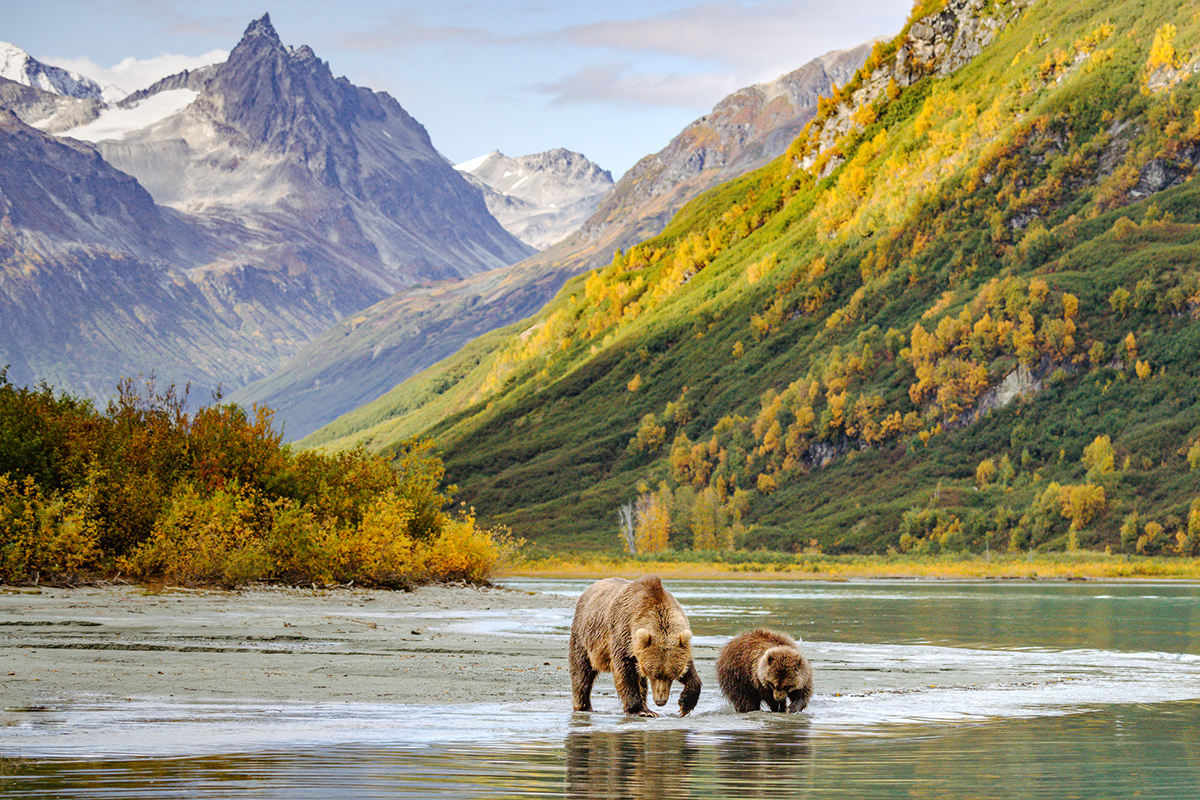
Outdoor lovers can find endless ways to go on adventures and explore in the 49th state, from kayaking in Glacier Bay to day trekking on the Matanuska Glacier to seeing enormous brown bears in Lake Clark and Katmai National Parks to exploring the more than 6 million acres of Denali National Park and Preserve.
The two largest U.S. National Forests are also located in the state, including Tongass National Forest in southeastern Alaska and the Chugach National Forest in south-central Alaska. The state’s National Park Service (NPS) units provide a wide variety of choices. For instance, you can take a guided bus tour, fly in a tiny plane to a remote gravel strip, or float on a wilderness river for a week or more.
The uniqueness and remoteness of Alaska is part of the appeal for visitors. Only a handful of the state’s NPS units are reachable by road. A boat or plane is required to visit the others. Wilderness lovers enjoy the vastness of the state and its national parks, which comprise around 60% of the acreage in the entire NPS system.
Protecting the Last Unspoiled Places in North America
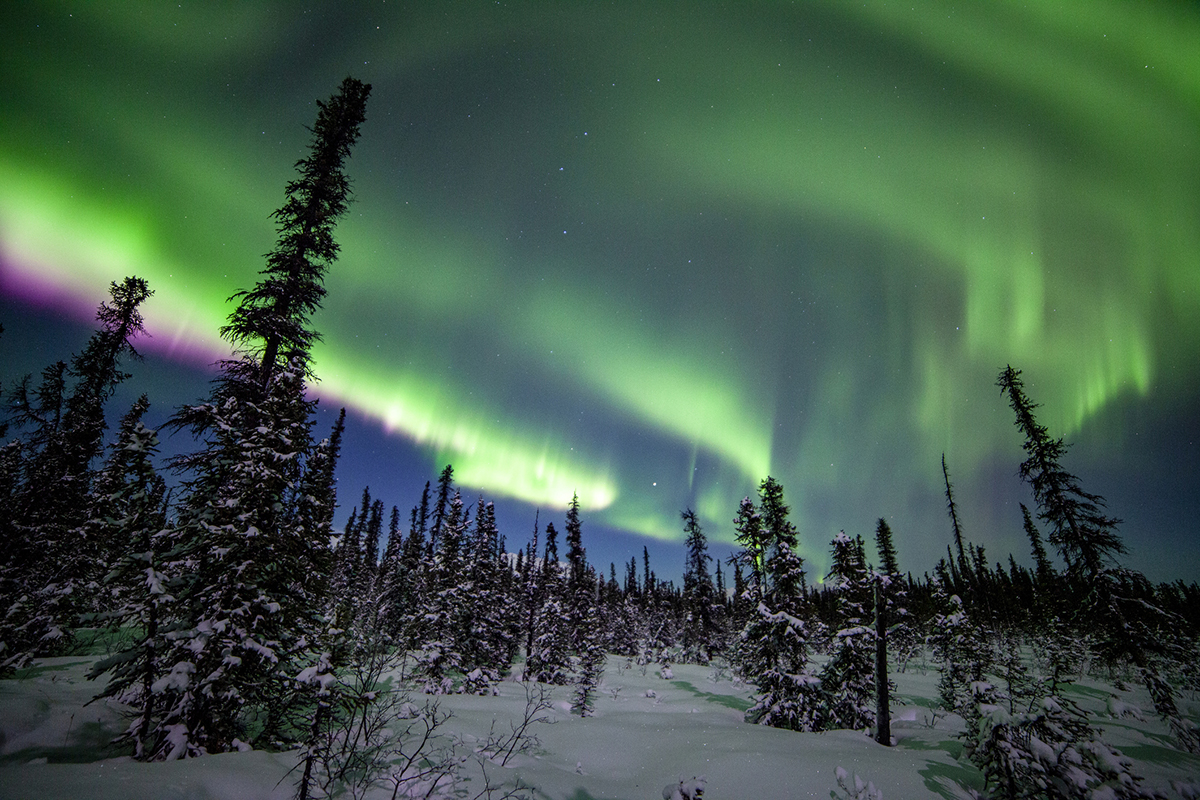
Peter Christian has spent more than 30 years working in Alaska’s national parks, working at nine different NPS units. He started off as a seasonal ranger in Denali National Park and has held a multitude of positions since then, including flying airplanes, patrolling the backcountry, and serving as chief ranger at Wrangell-St. Elias National Park and Preserve. Today, he is chief of public and legislative affairs for the NPS’s Alaska Region.
“When they were planning these parks, the park planners really wanted to get things right the first time, so they went big and they thought big,” Christian says. “They wanted to capture ecosystem-size scale parks, not just little scraps of land or things that were left over. They captured entire watersheds, rivers, mountain ranges. The idea was if we can preserve these big chunks of land in these last unspoiled places in North America, that’s quite amazing.”
He also points out the important role the parks have as the homeland of Alaska’s Native and Indigenous people. “They really wanted these national parks to continue to be the homelands of Alaska’s Native and Indigenous people,” he says, noting that these groups are able to continue their way of life, including hunting, fishing, gathering, berry picking, and more on the land that is rightfully theirs.
Some parks are challenging to reach, such as Kobuk Valley National Park, which is only reachable by air and saw just under 17,000 visitors in 2022. However, other parks—especially those located on cruise ship routes—see far more visitors each year, including Klondike Gold Rush National Historical Park, which is full of rich history, and Glacier Bay National Park and Preserve, where people admire the multitude of tidewater glaciers. Denali National Park, which is located on both the road and rail systems, is also a popular cruise extension and sees many visitors each year.
Skilled and experienced outdoor recreationists looking for the adventure of a lifetime can find plenty of remote locations with few visitors in Alaska. Bush pilots can be hired to bring people to remote gravel bars where they can explore wilderness areas by boat or foot. However, Christian cautions people to be well-prepared and know what they’re embarking on when planning a trip, especially to the more remote areas of this state. Visitors must be prepared to be fully self-sufficient in Alaska’s vast wilderness.
“We call those, particularly Gates of the Arctic, we call that the ‘black-belt park,’” he says. “You get to go there after you’ve paid your dues in other places and you have the experience to go out there. Because you’re out there on your own, and once you’re out there chances are you’re not going to see a park ranger . . . You want to come there and be self-sufficient, skillful, and have the ability to get yourself out of difficult situations.”
While being self-reliant in the backcountry appeals to some visitors, others are seeking a more curated experience, which is the magic of Alaska’s parks. There is something for everyone.
“We have everything from the cruise ship passengers all the way up to expedition-type visitors who really want to get out there and be as far away in the most wild parts of North America,” Christian says.
Regardless of where they choose to explore, Christian urges people to appreciate and protect these incredible places.
“These are really the crown jewels of North America,” Christian says. “They’re unique and beautiful and they deserve our protection, and everybody can play a part in preserving these places whether you ever come to them or not. The park service protects them on behalf of all the American people. We love the job we do, we’re very passionate about it, and hopefully, if we do our job right, these parks will be here 100 or 1,000 years from now.”

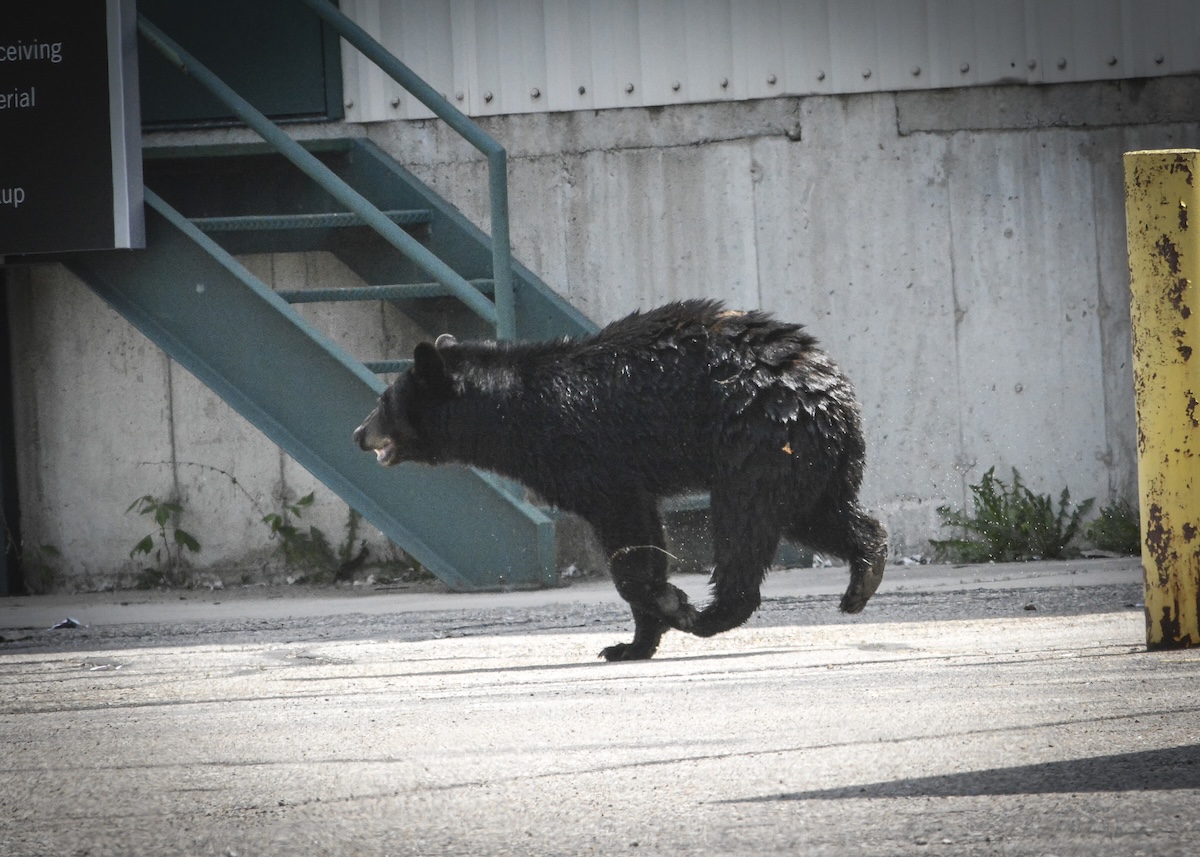
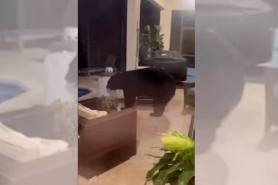
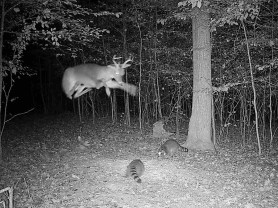
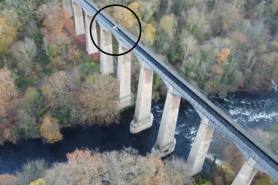
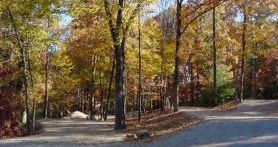
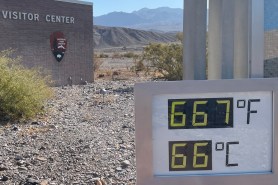
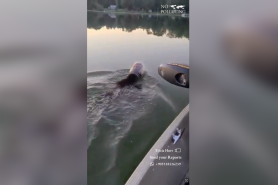

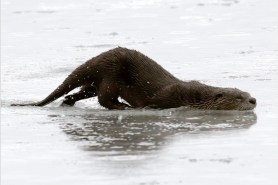
Pingback: 24 States Across America Where Bears Still Thrive in the Wild – Animals Realm